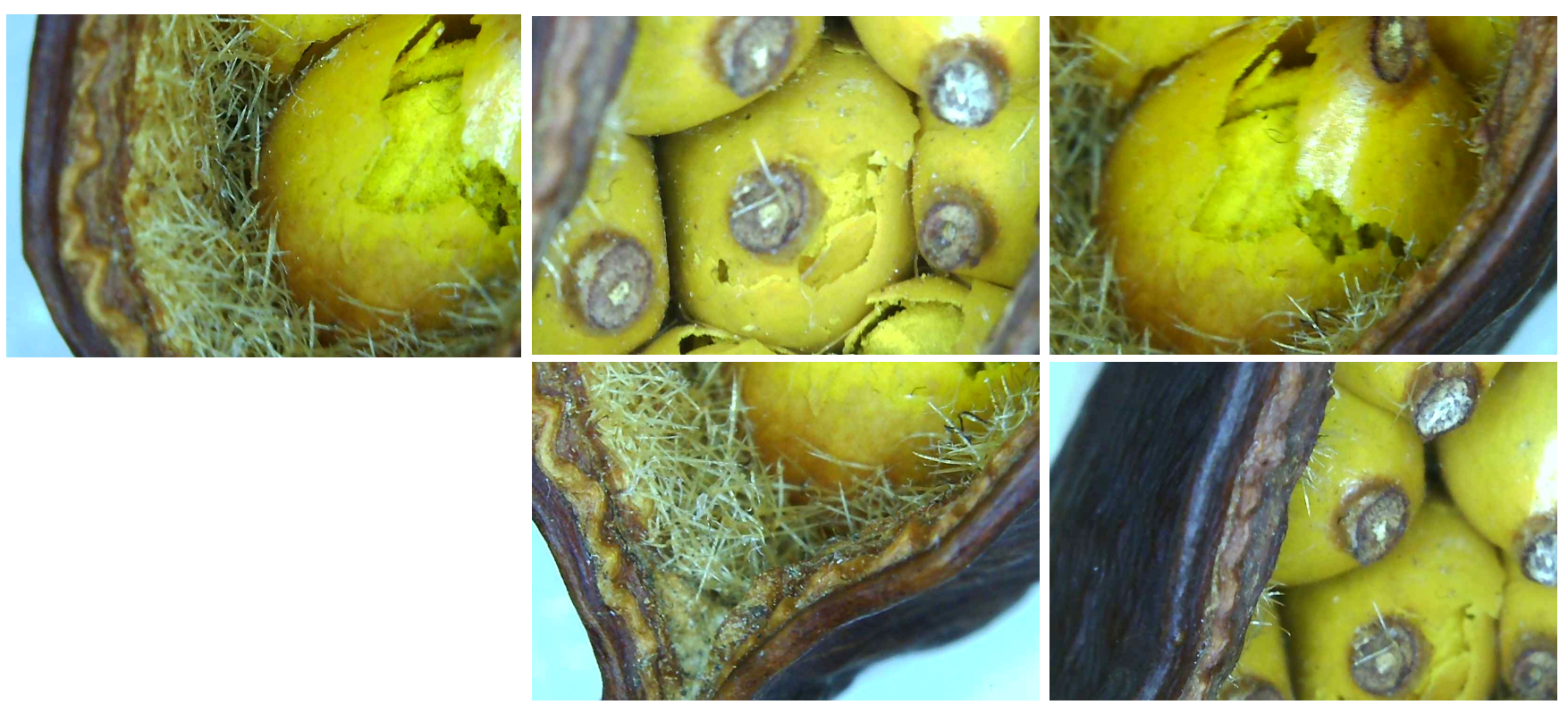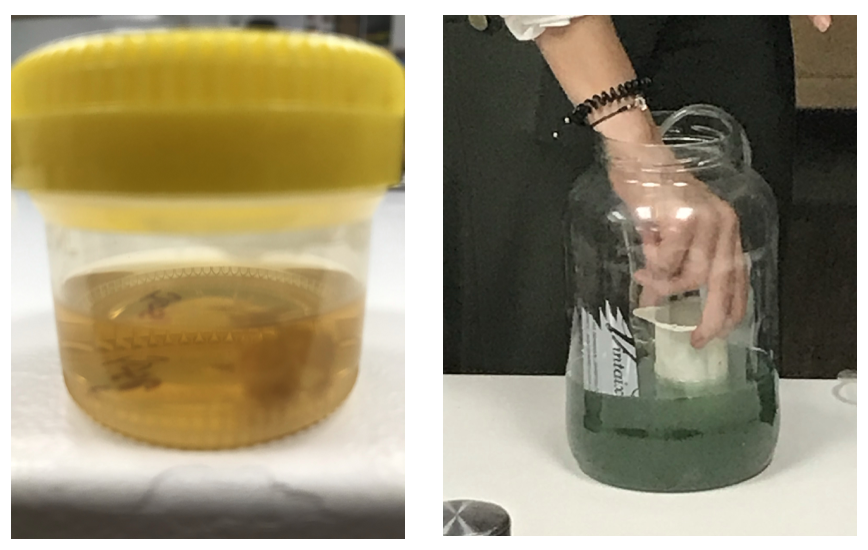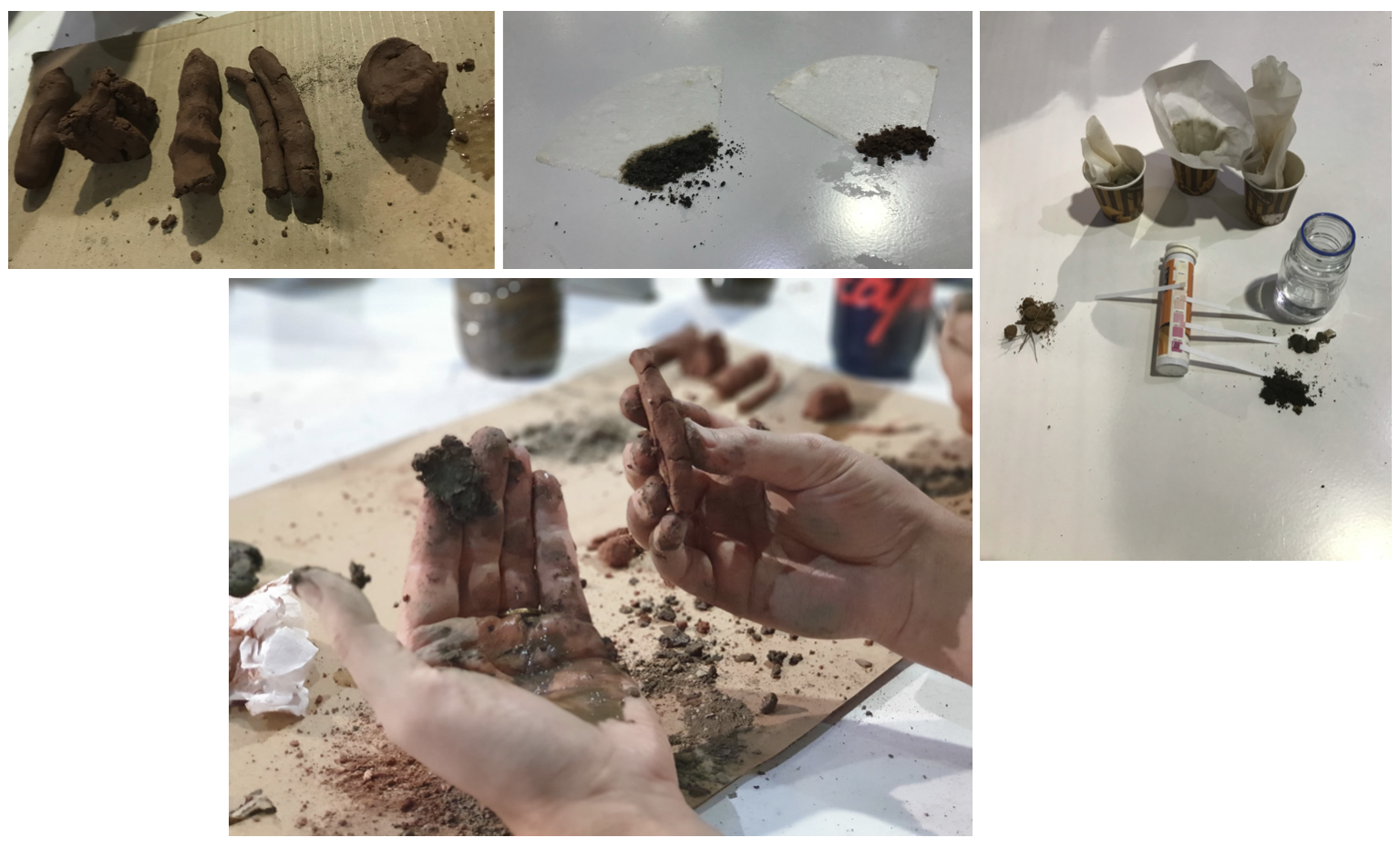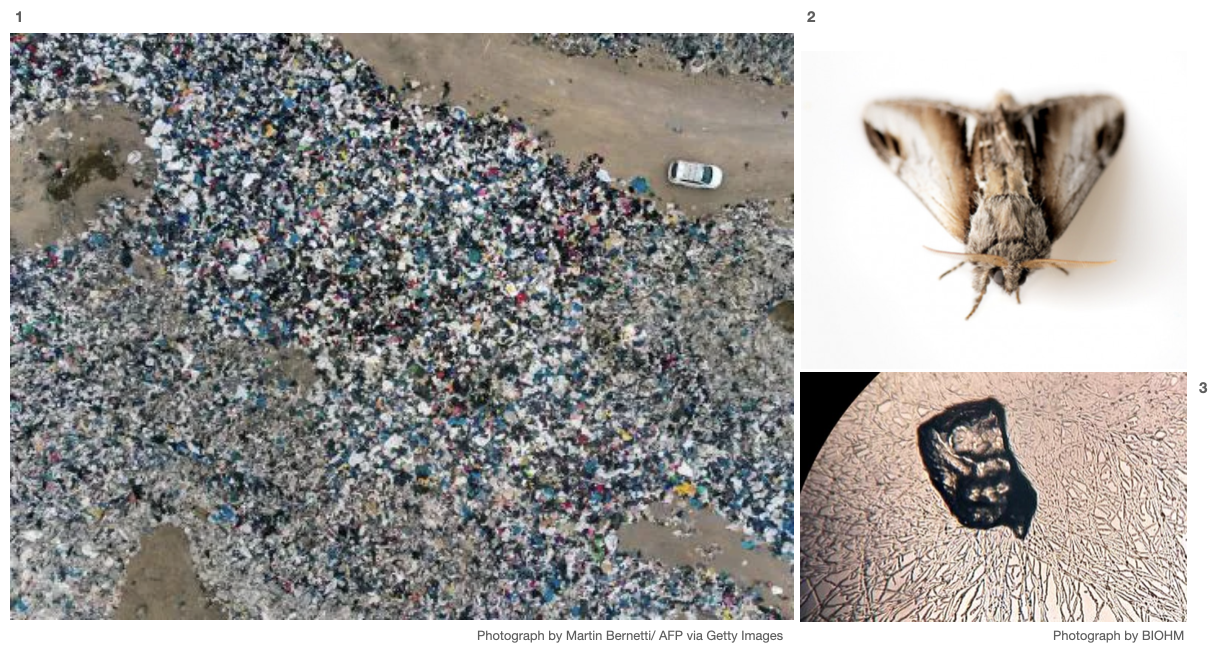Bio Agro Zero¶
“History is a process of transformation through conversation. In our efforts to produce change, we often forget how important it is to pay attention to what is being conserved” (Humberto Maturana)¶
The main purpose of these weeks was to understand human existence and the relationship between us and the world that surrounds life. For this, we had the opportunity to experiment with biology tools and some agriculture experimentation.
Looking for Micro-organisms
We cultivated different types of medium to support the growth of micro-organisms. I tried to look for bacteria in the door handle of the class and on my coffee cup, but I made a mistake in the medium I used so very small microbes where seen.

Using the Microscope
I found a seed of a plant tree and decided to look at it with the microscope, discovering nice shapes, textures and colors.

Kombucha and Spirulina
As a class we had the opportunity to grow Kombucha and Spirulina using DIY recipes and methods.

Soil Exploration
Learning types of soil and their importance: “everything that once lived is now soil” and “soil is alive”.

Doing a PCR test
Understanding what is DNA with a “simple” machine.

The best:¶
the experimentation and DIY tools we used. Also, i loved the world of bees.
The Lessons Learned:¶
- the importance of the hypothesis when doing experiments.
- “design with” the concept shared by Ron Wakkary
- understand microrganisms to understand cultural evolution.
- New definition of life: any piece of information that can perpetuate itself.
The challenges:¶
- Explore biomimesis
- Do more experiments of cooking some biomaterials.
- Read scientific papers for the “truth”
- Grow something in house.
Submissions:¶
Research Paper Synopsis
Biodegradation of Polyester Polyurethane by Endophytic Fungi: This paper is about the ability of some fungi species to breakdown types of plastic, specifically the synthetic polymer polyester polyurethane. This research was made with plant sampling of different species of the Amazonian forest, demonstrating that Endophytic Fungi can degradate PUR. This type of fungi is found in almost every plant in the world without causing symptoms of disease, so it might be a promising source of biodiversity in which to test for activities important for bioremediation.
Full research paper: https://www.ncbi.nlm.nih.gov/pmc/articles/PMC3165411/pdf/zam6076.pdf
Creating a Mutant (hypothetical designed organism description)
Each year, more than 50.000 tons of new and used clothes arrive to Chile from every part of the world. The problem is that all this unselled clothes is being dumped on the Atacama desert, producing real clothing graveyards, which is harmfull for the environment.
How can we make these clothes dissapear? There is a insect, the moth, that literally feeds with animal fibers, specially wool, fur, silk, feathers, felt and leather. Imagine a “mutant moth” that could eat any type of synthetic fabric. The bacterias that eat nylon and poliester have a polyurethanase-protease enzyme that can biodegradate the poliester.
 Picture 1 (aerial): clothes in Atacama desert. Picture 2 (closeup): moth. Picture 3 (microscope): bacteria digesting the plastic.
Picture 1 (aerial): clothes in Atacama desert. Picture 2 (closeup): moth. Picture 3 (microscope): bacteria digesting the plastic.
A long term solution is directly related to the process of fabrication and the materials we used. Almost all the fabric produced is not biodegradable and has many chemical products. Awareness about the fashion and clothing industry (fast fashion) is crucial.